The Mining Geological Collection is a collection of unusual rocks that formed in a tectonic trench and a unique collection of cinnabar ores, minerals, and structural and tectonic patterns from the Idrija deposit. It is one of the most extensive collections in Slovenia and has been curated over the past 70 years under the watchful eyes of excellent geologists from Idrija. The collection contains unique samples of sedimentary cinnabar ores that cannot be found anywhere else in the world and are characteristic of the Idrija mine. It also houses the richest mercury ores in the world and unique cinnabar crystals.
The first records of small collections of Idrija minerals and ores, owned by former mine employees, date back to the 18th century. A significant geological collection was assembled in the 19th century by the mine manager and the first trained Slovenian geologist, Marko Vincenc Lipold. Subsequently, geologists, miners, professors at the Idrija Secondary School, and museum curators contributed to the collection by gathering specimens of ores, minerals, rocks, and fossils.
At the end of the 1950s and in the 1960s, the internationally renowned "Idrija Geological School" was established, building upon the knowledge accumulated by several generations of geologists regarding the formation and development of the deposit. During this period, geologists employed by the mine collected numerous samples of ores and rocks for research purposes.
 Image: Mining Geological Collection Photo: Dunja Wedam
Image: Mining Geological Collection Photo: Dunja Wedam
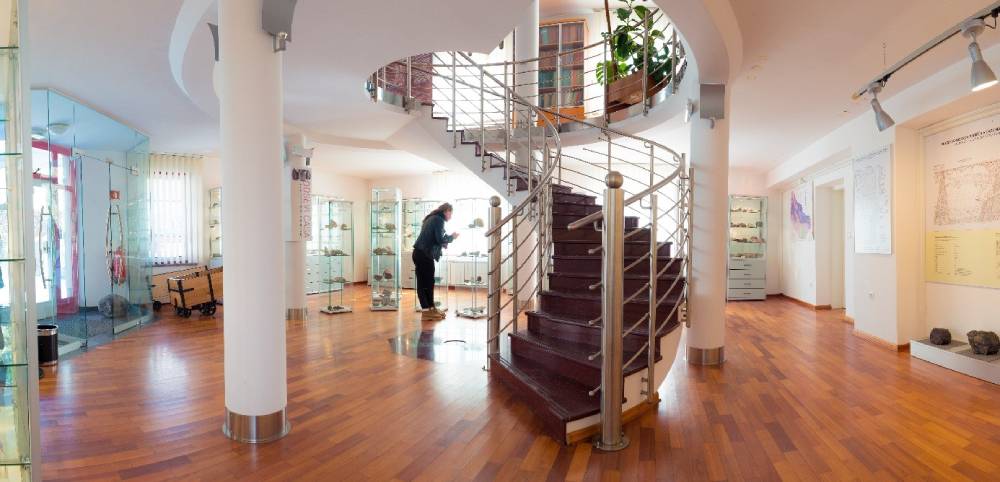 Image: Mining Geological Collection Photo: Jani Peternelj
Image: Mining Geological Collection Photo: Jani Peternelj
The preserved ores and rocks in the collection are of great importance for studying the formation, development, and current structure of the Idrija deposit. From the samples gathered by mining geologists, we have curated six thematic sections that showcase the exceptional geological evolution and composition of the Idrija deposit and its wider surroundings.
The collection begins with a systematic survey of rocks in the Idrija and Cerkno regions, followed by rocks from the deposit, samples of Triassic and Tertiary tectonics within the deposit, minerals, syngenetic and epigenetic cinnabar ores, as well as ores from select ore bodies. These collected specimens can be seen as a unique "archive" of the Idrija deposit and its surrounding areas. The collection encompasses over 1,000 samples of rocks and ores, with numerous sedimentary ore samples being truly one-of-a-kind.
Collection of Rocks from the Surroundings of the Deposit
The collection was compiled and curated by Dr. Ivan Mlakar and includes 62 of the most important lithostratigraphic samples from the Idrija and Cerklje regions. Detailed mineralogical, petrological, and geochemical analyses were conducted for all the samples.
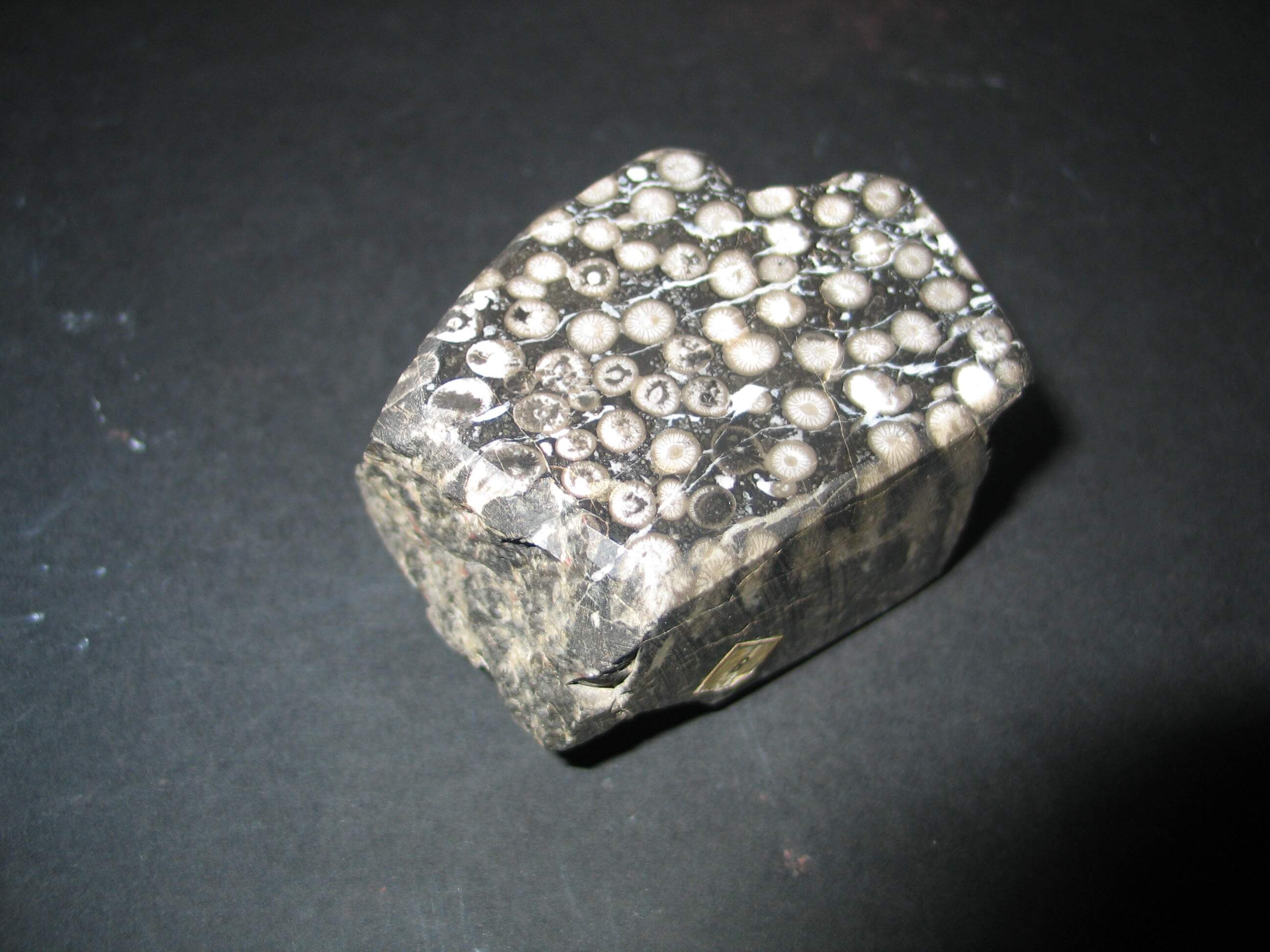 Image: Dolomite with Cross-Sections of Corals Photo: Anton Zelenc
Image: Dolomite with Cross-Sections of Corals Photo: Anton Zelenc
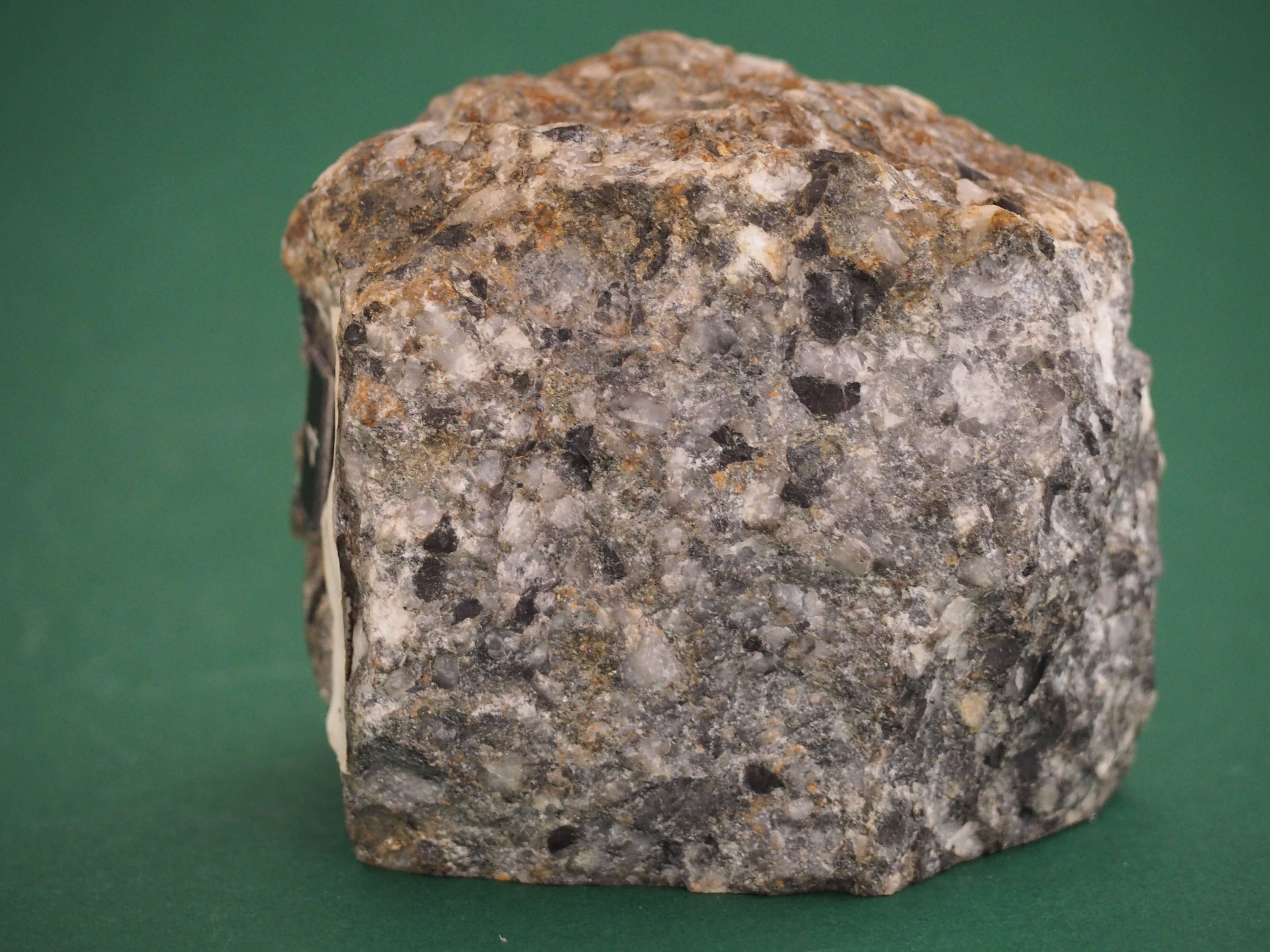 Image: Quartz Conglomerate Photo: Vojko Rejc
Image: Quartz Conglomerate Photo: Vojko Rejc
Rocks of the Idrija Deposit
Within the Idrija tectonic trench, unique rocks were formed that are uncommon and rarely found elsewhere in Slovenia. The collection gathers 241 characteristic rocks from the Idrija Middle Triassic tectonic trench, which was the birthplace of the Idrija deposit. Some pieces of rock are truly one-of-a-kind, as they have only been discovered within the Idrija deposit. The collection showcases samples of kaolinite rocks and rocks from marshy horizon layers. Among these samples, one can also find plant remains, imprints of shells and brachiopods, cross-sections of corals, and algae.
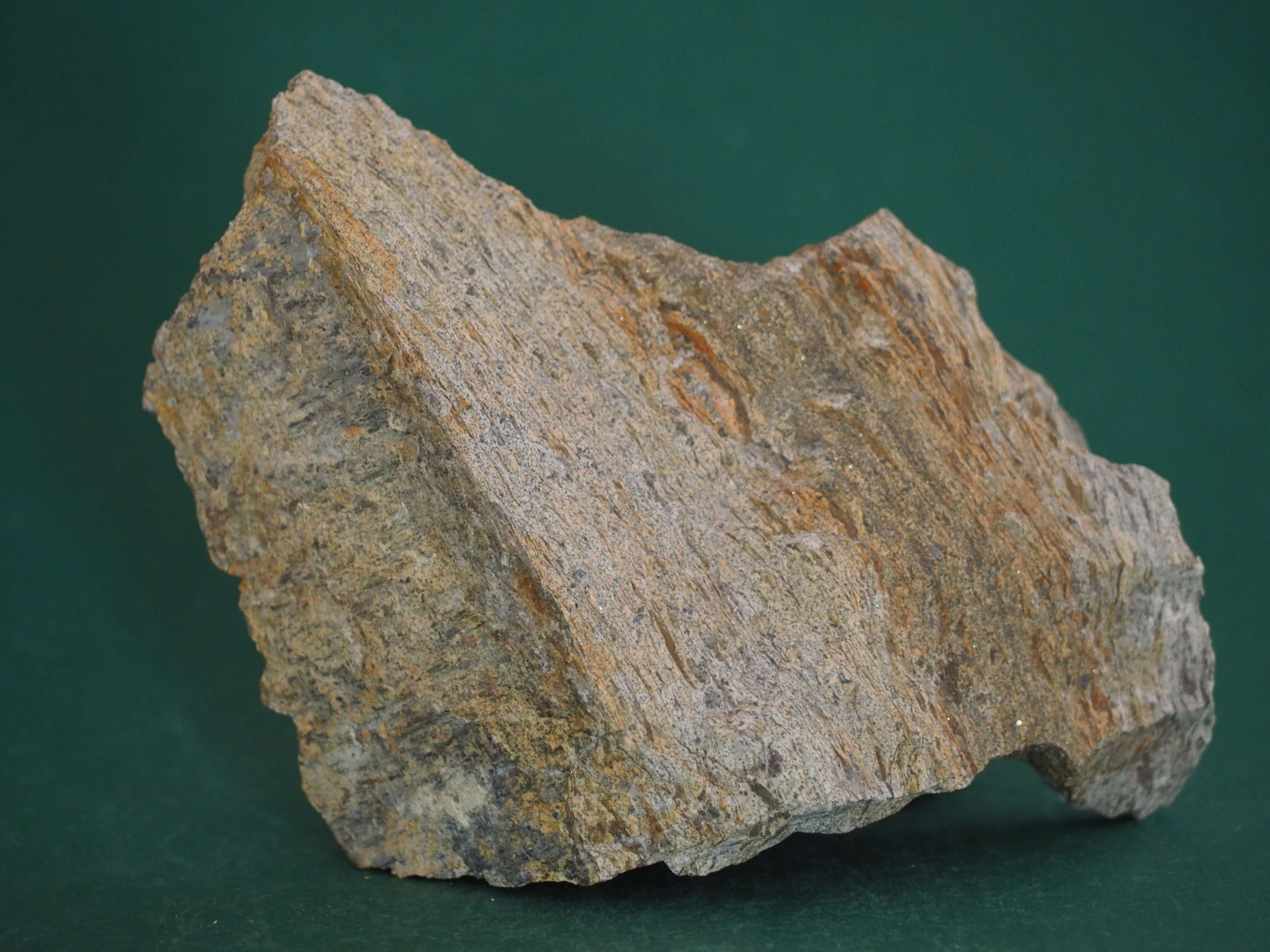 Image: Pyritized Kaolinite Siltstone Photo: Vojko Rejc
Image: Pyritized Kaolinite Siltstone Photo: Vojko Rejc
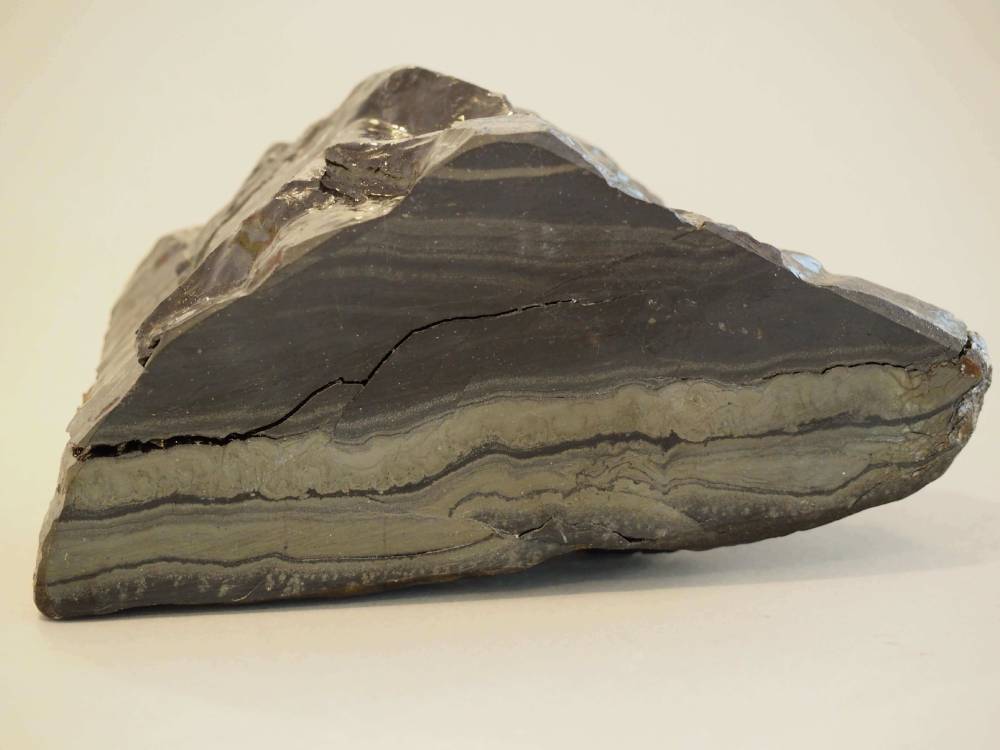
Image: Deformation Textures in Pyrite Layers Photo: Vojko Rejc
Structural and Tectonic Patterns of the Deposit
The collection consists of 71 rock samples that showcase the structural and tectonic characteristics of the Idrija deposit. Included are samples of cross-sections of angular-tectonic erosion surfaces from the Middle Triassic, displaying various sedimentary textures, structural features, as well as Triassic and Tertiary fault systems.
Minerals of the Idrija Deposit
The Idrija deposit is characterized by being monometallic and, from a mining perspective, monominerallic as well. The economically significant minerals found in significant quantities include cinnabar (HgS) and native mercury (elemental Hg). The presence of other minerals in the deposit is primarily of mineralogical interest, such as the unique olive-green idrialite, an exceptionally rare mineral of organic origin named after Idrija. A widely occurring and characteristic secondary mineral of the Idrija deposit is epsomite, which was first described by Scopoli in 1761. Epsomite forms in abandoned tunnels, manifesting as flakes or stalactite-like formations. To date, a total of 25 minerals have been described and identified, and the collection encompasses 106 samples.
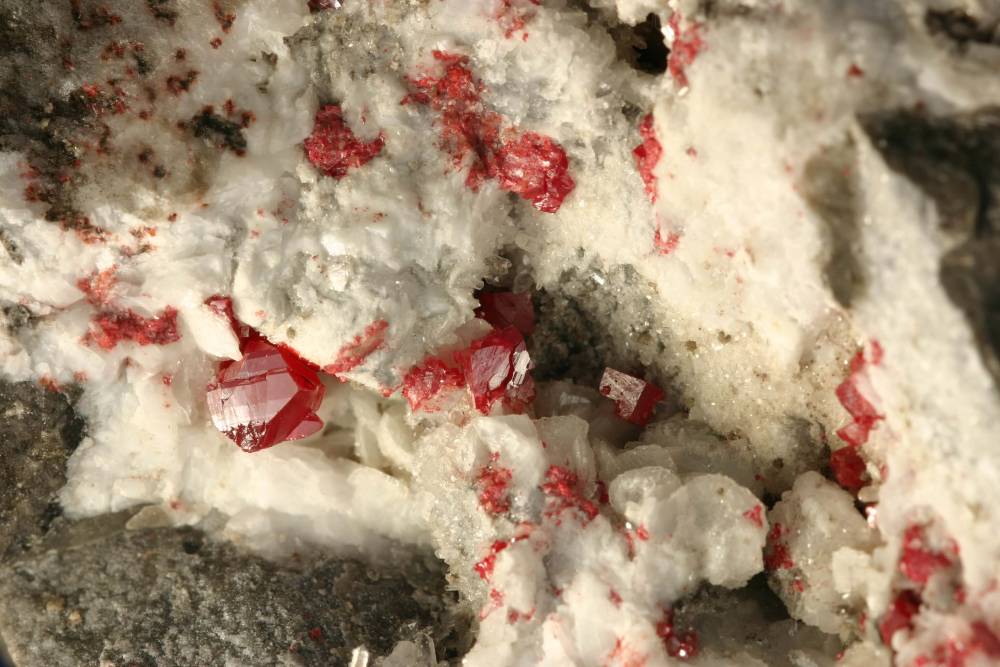 Image: Cinnabar crystals HgS Photo: Aleksander Rečnik
Image: Cinnabar crystals HgS Photo: Aleksander Rečnik
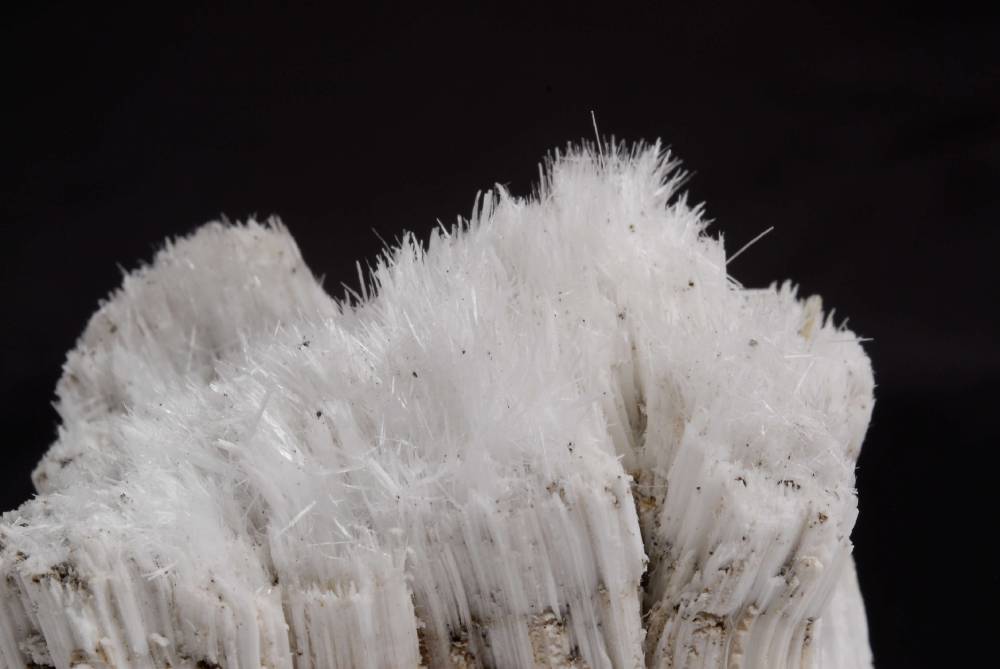 Image: Epsomite Stalactites MgSO4.H2O.
Image: Epsomite Stalactites MgSO4.H2O.
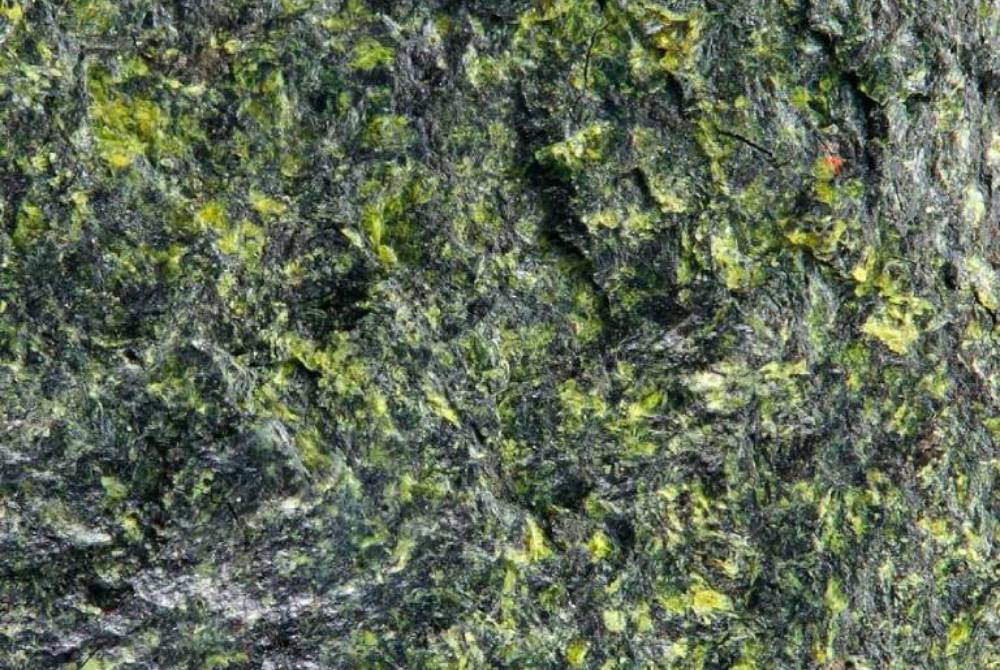 Image: Idrialite C22H14, yellowish-green mineral named after Idrija Photo: Aleksander Rečnik
Image: Idrialite C22H14, yellowish-green mineral named after Idrija Photo: Aleksander Rečnik
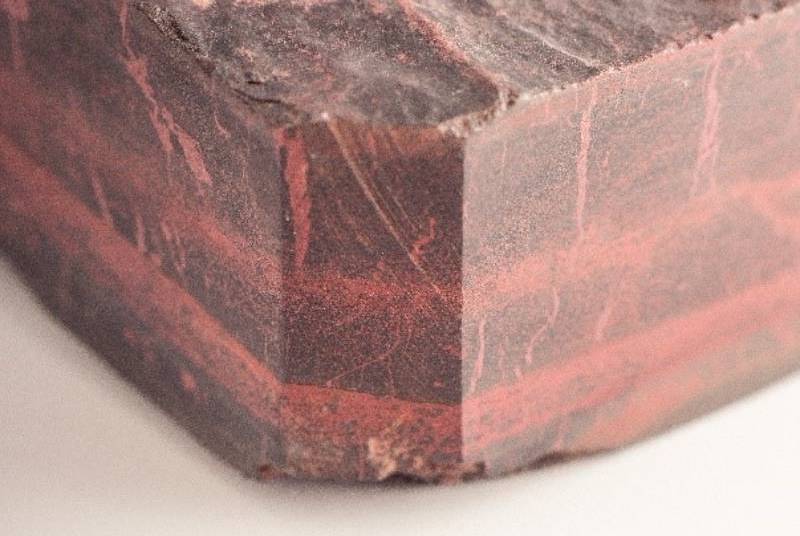
Sedimentary Cinnabar Ores
Sedimentary cinnabar ores were formed when mercury-rich solutions flowed into ancient marshes and deposited simultaneously with various sedimentary rocks. Among the exhibited samples, we find layered ores as well as highly abundant variations of ores, known to miners as "jeklenka" (steel ore), "opekovka" (brick ore), "jetrenka" (liver ore), and coral ore. These sedimentary cinnabar ores are unique and not found in other mercury deposits. Among the 122 samples, we also discover remarkably rich variations of ores.
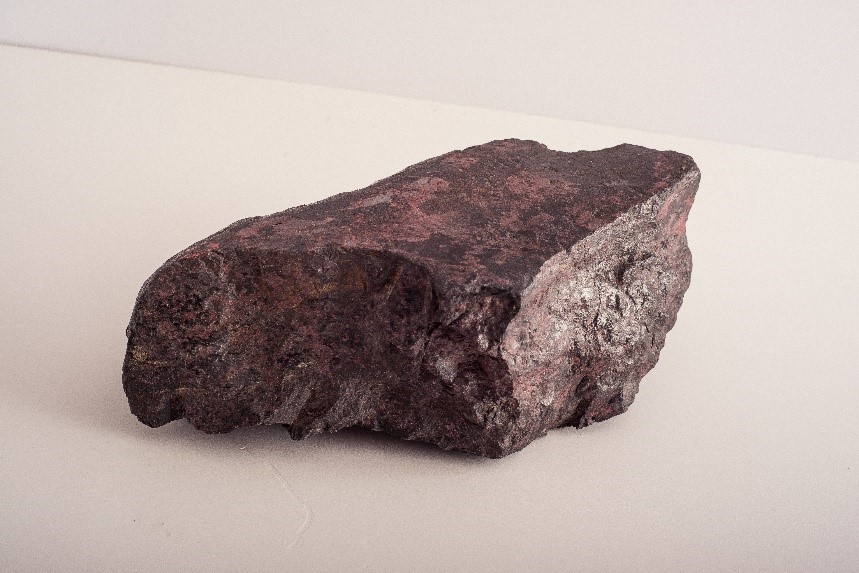 Image: "Jeklenka," which could contain up to 78% Hg. Photo: Jani Peternelj.
Image: "Jeklenka," which could contain up to 78% Hg. Photo: Jani Peternelj.
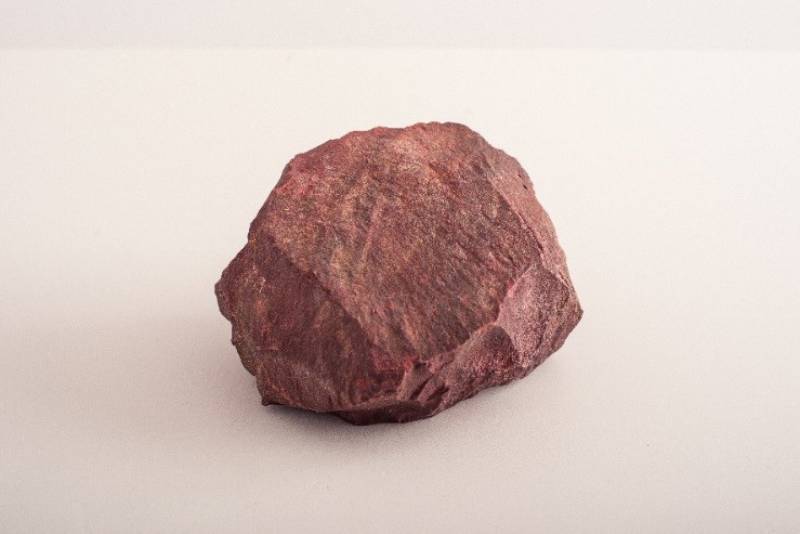 Image: "Opekovka," a rich cinnabar ore with a brick-red color. Photo: Jani Peternelj.
Image: "Opekovka," a rich cinnabar ore with a brick-red color. Photo: Jani Peternelj.
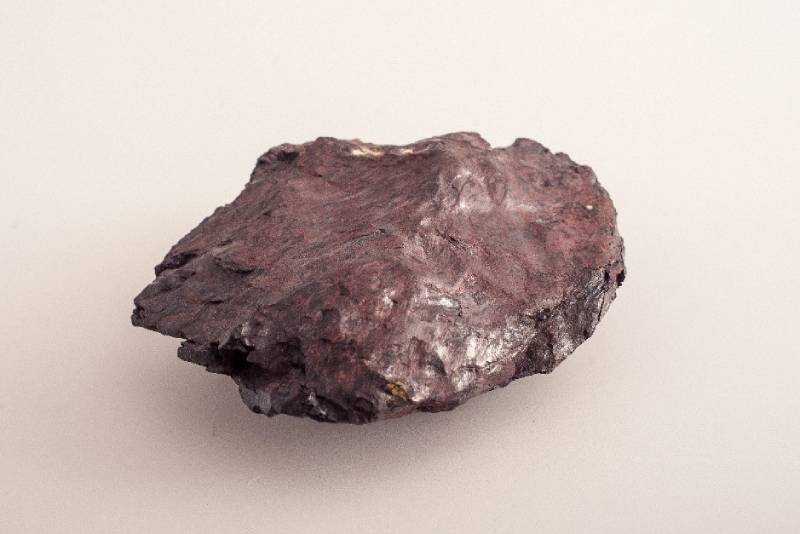 Image: Cinnabar-rich ore called "Jetrenka" with liver-colored hue. Photo: Jani Peternelj.
Image: Cinnabar-rich ore called "Jetrenka" with liver-colored hue. Photo: Jani Peternelj.
Epigenetic Ores
Hydrothermal solutions rich in mercury have altered older rocks as they ascended towards the surface, resulting in the formation of abundant epigenetic cinnabar ores. These ores include "jeklenka" (steel ore), "opekovka" (brick ore), and significant amounts of poorly mineralized rocks known as "bašperh." Cinnabar often fills pores and fractures within the rocks and can also replace portions of the primary rock. Of particular interest is the coral ore, characterised by its high content of pyrite and marcasite, occurring in the form of rounded and kidney-shaped clusters, as well as various impregnation. The collection showcases 148 samples.
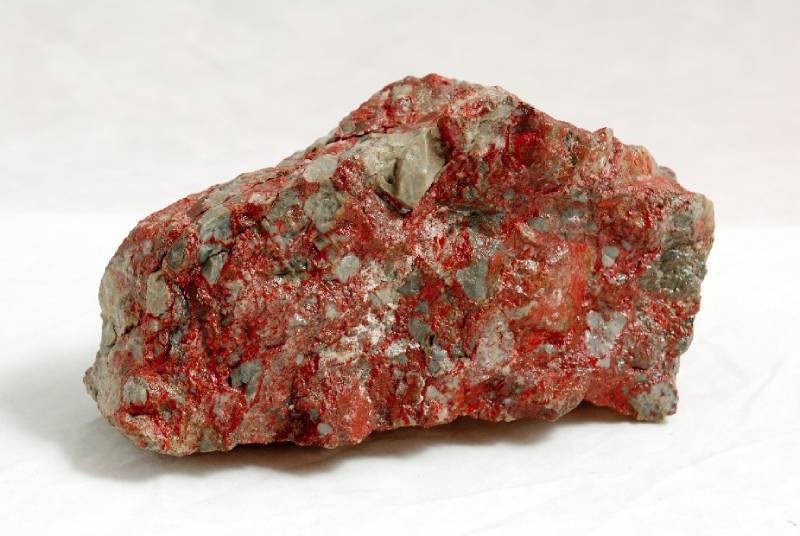
Image: Richly mineralized Ladinian conglomerate. Photo: Jani Peternelj.
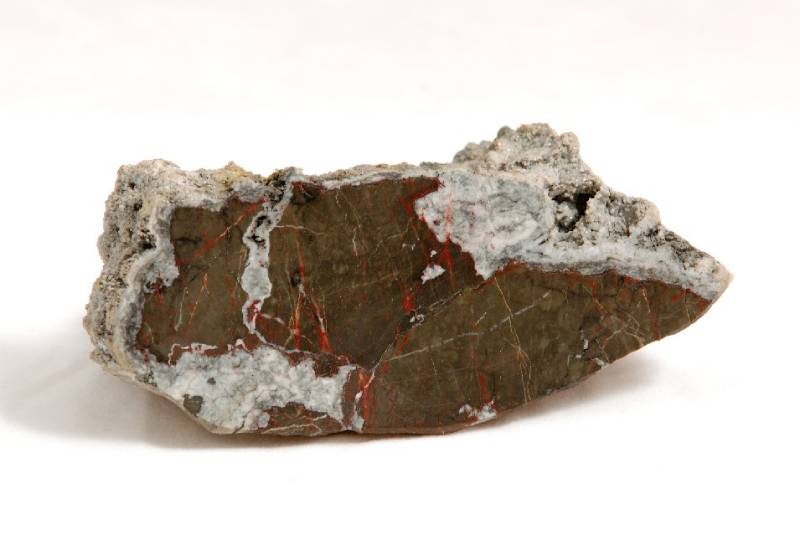
Image: Low-grade mineralized Permian dolomite. Photo: Jani Peternelj.
Collection of Ores from Various Ore Bodies of the Idrija Mine
Within the Idrija Mine, a total of 158 ore bodies have been discovered. Cinnabar ore predominated in 141 ore bodies, while mercury was present in 17 ore bodies. The mercury content within the ore bodies varied significantly. Excavation ranged from poor-grade ores (with only 0.05% Hg) to extremely rich cinnabar ores (with over 70% Hg). The exhibition features 274 samples of ore variations from 14 ore bodies.
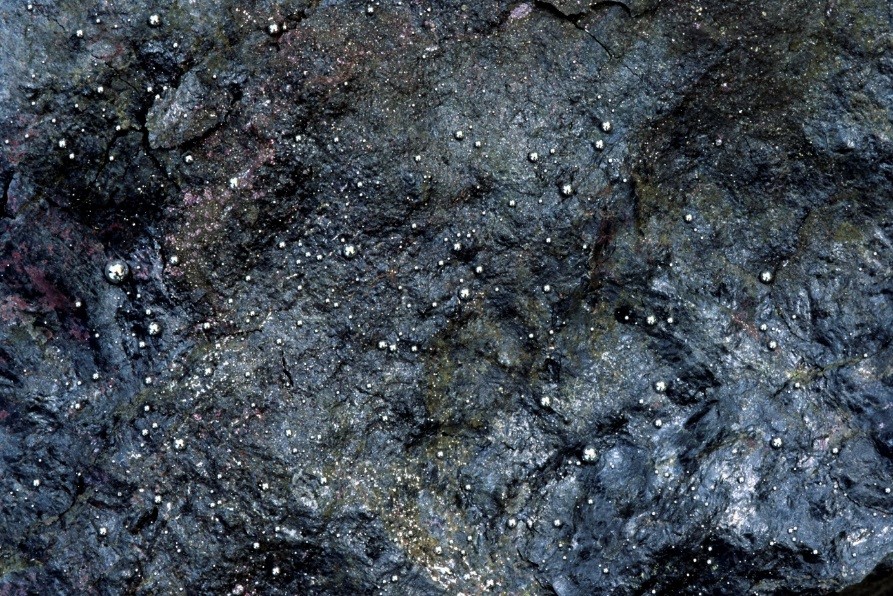
Image: Mercury in Carboniferous shale. Archive of CUDHg Idrija.
